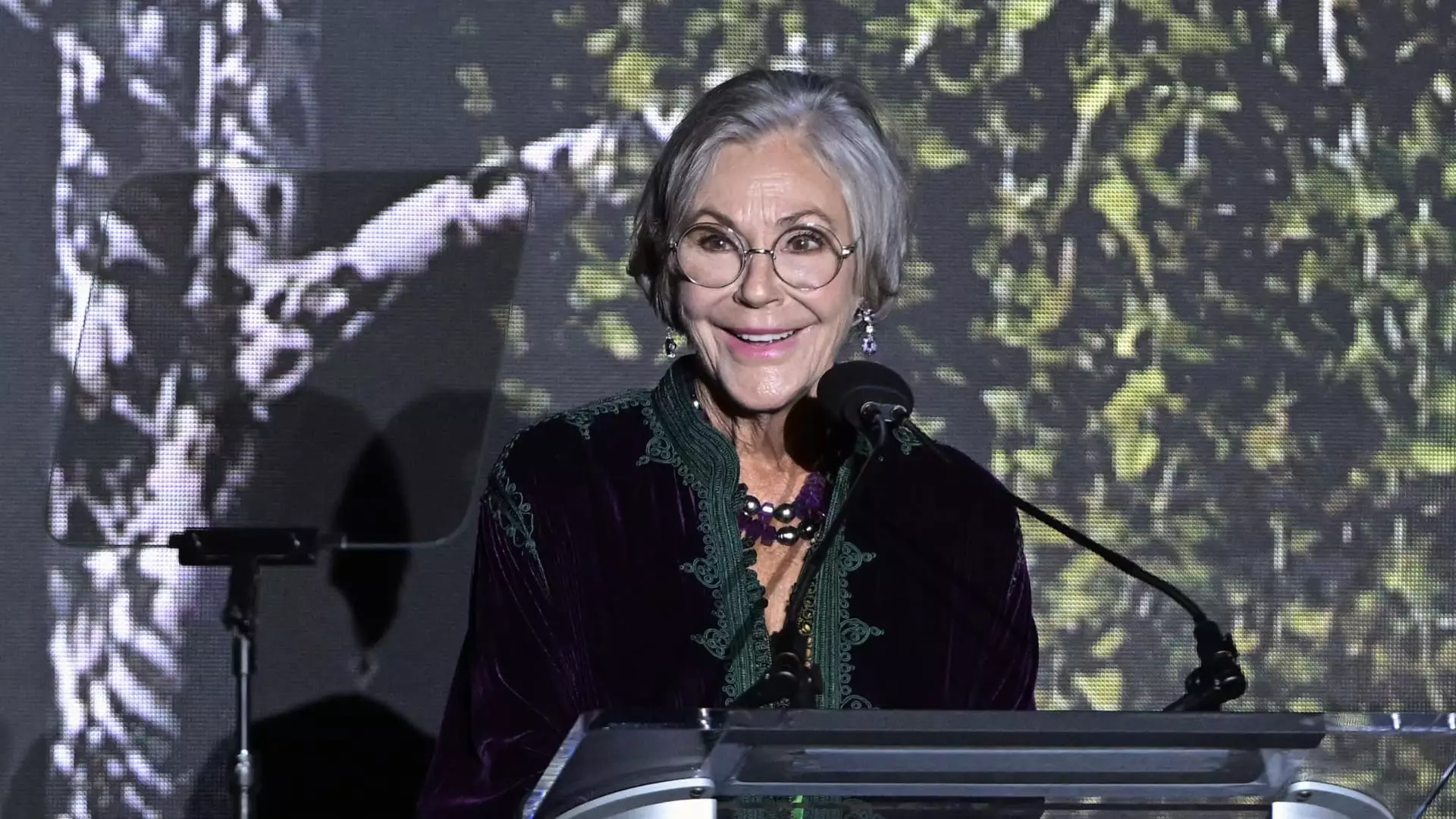In the changing landscape of global finance, the inclusion of women in the billionaire class is an observation that merits deeper analysis. According to the Altrata Billionaire Census, women’s representation within the billionaire community has risen to 13%, totaling 431 billionaire women out of 3,323 billionaires worldwide. Although this percentage may appear modest at first glance, the growth trend over the past decade signals a significant shift. This article will explore the underlying factors contributing to this trend, the philanthropic inclinations of these women, their distinct financial portfolios, and the implications of this changing demographic.
The gradual increase in female billionaires can be attributed to a combination of evolving cultural attitudes, the burgeoning presence of female entrepreneurship, and a growing trend of intergenerational wealth transfers. The “Great Wealth Transfer,” where an estimated $30 trillion is expected to pass into women’s hands over the next decade, has been a game-changer. The generational shifts in asset ownership are pivotal, as they frequently result in women inheriting substantial fortunes. Altrata’s data indicates that about 75% of female billionaires have inherited part of their wealth, with 38% inheriting it entirely—contrasting sharply with the mere 5% of male billionaires who can say the same.
Women often enter the billionaire ranks through familial connections rather than solely their own ventures, leading to a nuanced conversation about meritocracy and privilege. As women gain financial power, discussions surrounding wealth distribution and gender imbalances become increasingly important.
An intrinsic part of why women billionaires stand out is their distinct approach to philanthropy and societal contribution. According to reports, nearly 20% of female billionaires dedicate most of their professional energy to nonprofit organizations. This commitment starkly contrasts with only 5% of male billionaires engaging in similar pursuits. This tendency can be attributed to fewer commercial pressures often faced by women inheriting wealth, allowing them to prioritize causes such as social justice and welfare.
The past is a strong indicator of the future; historical data shows that inherited wealth often correlates with philanthropic engagement. Women appear to leverage their wealth not only for personal gain but also to create social impact. This inclination towards charity marks a notable divergence from male billionaires, who may prioritize profit-driven ventures and material acquisitions.
The investment strategies and asset allocations between male and female billionaires reveal further insights into their distinct financial philosophies. Statistical reports indicate that female billionaires are more inclined to hold substantial liquid assets and cash—39% of their wealth compared to just 30% for their male counterparts. Conversely, men typically allocate a more significant portion of their wealth into stocks—an estimated 40% as opposed to 22% held by women.
This divergence can largely be attributed to the nature of wealth acquisition; many women billionaires have inherited private companies, which results in a diversified asset profile, including a notable 35% held in private holdings. On the other hand, male billionaires often have portfolios heavily influenced by tech-focused public companies.
Additionally, women are increasingly becoming more involved in owning luxury real estate and collections of art. They are 1.5 times more likely to own properties valued over $10 million, thus demonstrating a preference for tangible assets compared to extravagant personal assets that largely characterize male billionaires, from private jets to luxury yachts.
The hobbies and interests of billionaires also reflect gender differences that extend beyond wealth acquisition. For female billionaires, philanthropy reigns as the most prevalent pastime, with an impressive 71% listing it as a major interest. In stark contrast, sports equally claims the top spot as a hobby among male billionaires, indicating a divergence in the moral and social priorities of the two groups.
Furthermore, women’s interests often not only include philanthropy but also encompass art, travel, and education, while men typically lean towards aviation, outdoor activities, and political discussions. These distinctions reveal how personal interests not only reflect individuals’ character but also shape their financial decisions and social impact.
As women carve out an increasing presence among billionaire ranks, it is essential to acknowledge their unique paths, responsibilities, and social interests. This change hints at a future where wealth is not merely used for personal enrichment, but also serves a broader purpose of enriching society at large. The evolving landscape of the billionaire class not only reflects gender dynamics but offers significant insights into how wealth can be wielded as a tool for positive social change.

Leave a Reply